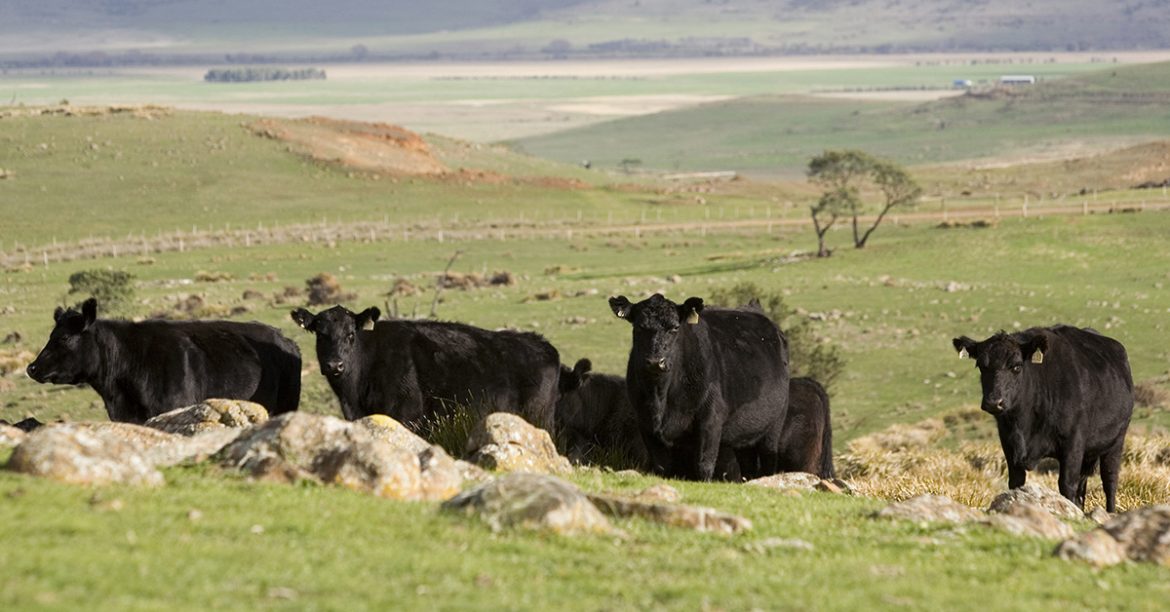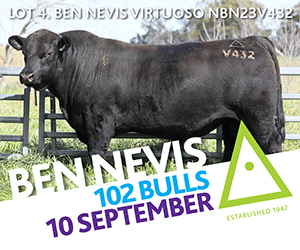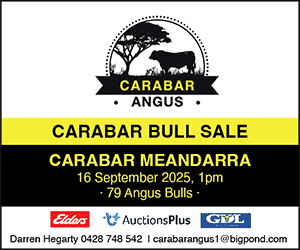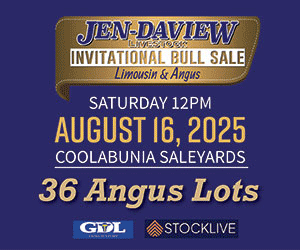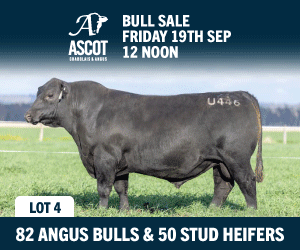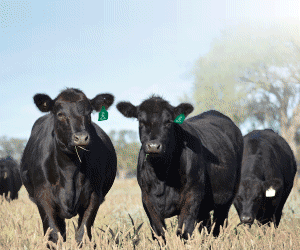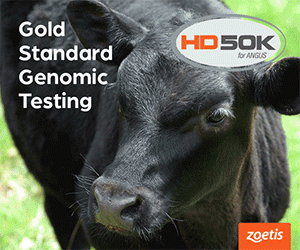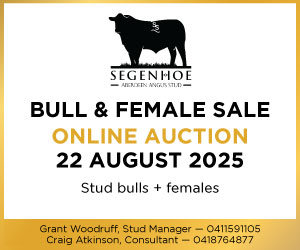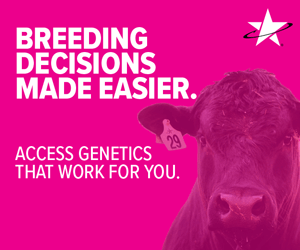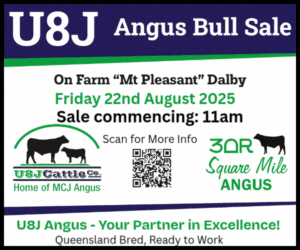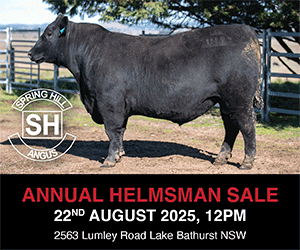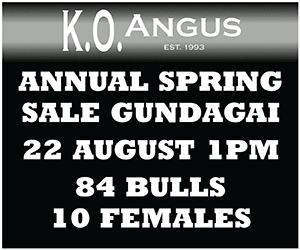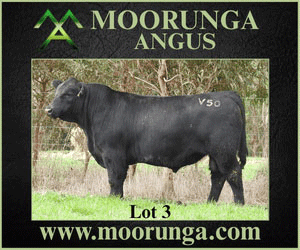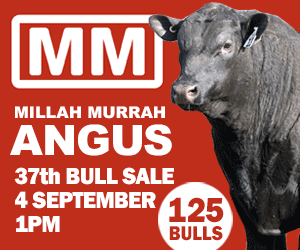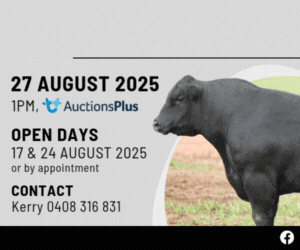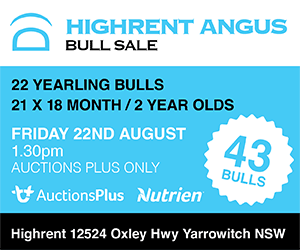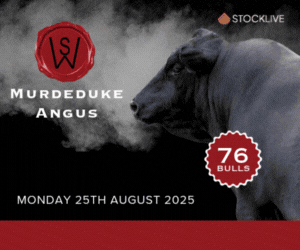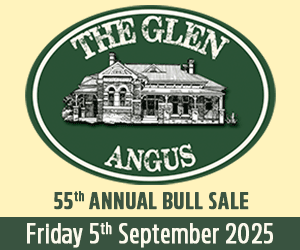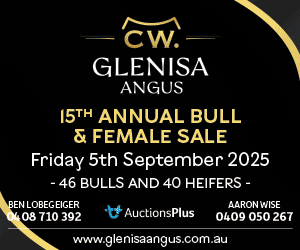In January 1824, 8 black cattle were unloaded at the Hobart Town docks. They had arrived from Fife, Scotland, and had travelled several months to arrive in Australia under the watchful eye of James Foster.
The cattle were driven up the streets of Hobart and then onto Dennistoun, owned by Captain Patrick Wood, located near Bothwell, Tasmania. According the historic accounts, this was the first cattle in Australia that were akin to the Aberdeen-Angus breed. The breed in its formative years were popular with due to their good beef qualities. Cattle akin to the Aberdeen-Angus were imported to Australia during the development of the colonies herds, firstly in what was at the time Van Diemen’s Land, now known as Tasmania. The reason for this, described by land commissioners in Tasmania from 1926-1938, was the breed was “well-shaped, handsome stock, and milk remarkably… each cow will yield as much milk as four or five of the common breed of the colony”. Black polled cattle were also recommended by Botanist Joseph Banks for the neophyte colony, whom sailed with Captain James Cook to Australia in 1770.
It was discovered by the owner of Dennistoun who bought the property from the Woods’ in 1917, Bayard Edgell, that the Dennistoun Angus herd was formally founded in 1858. It was developed by original breeding cows from Fifeshire in Scotland. Four bulls were imported in 1858 and New Zealand Angus blood was introduced in 1883. While the history has varying timeframes for the Angus breed in Australia, Dennistoun is the oldest property to continuously run Angus Cattle in Australia.
In 1858, four Aberdeen-Angus bulls for imported from Scotland, bred by William McCombie of Tillyfour.
The first export of Purebred Aberdeen-Angusto anywhere in the world outside of the British Isles were to in Queensland in July 1840, imported by E.E. Dalrymple of the Darling Downs, with a purchase two or three pure-bred cows and one bull. After the dispersal of Dalrymple herd, William Hogarth of Balgownie Station, Cambooya established the first Aberdeen Angus Stud in Queensland in 1882 after purchasing a portion of the Tillyfour lot, over time adding importations from Scotland and New Zealand. Hogarth purchased a bull from New Zealand after the establishment of the Balgownie Stud. The bull, named Black Leg, was a notable animal, bred by McCombie of Tillyfour.
Victoria saw its first arrival of Aberdeen-Angus when J.G Dougherty, a Melbourne stock and station agent imported cattle in 1870 from Tillyfour to re-sell. Records mention that this importation consisted of two bulls and six cows. George Perry of Maribyrnong, Melbourne, purchased the draft while one of the bulls was bought by a Victorian farmer.
Aberdeen-Angus was first introduced to New South Wales by George Loder from Abbey Green, Singleton. Loder was a well-known Hereford breeder, who bought his Aberdeen-Angus cattle from Dougherty in Melbourne. The draft went to Singleton, with half going to George Sparkes of Rosebery and the rest to Richard Dines of Merriwa. William Hogarth later purchased pure bred females from George Hines of Merriwa and the best of the herd owned by Mr Sparkes. Of those he purchased, Hogarth showed three bullocks at the Brisbane Show (now the Royal Queensland Show), taking out first price in the fat cattle selection.
Western Australia and South Australia were slower in the adaption of the Aberdeen-Angus breed.
It is chronicled that the earliest recorded Aberdeen-Angus in South Australia was in 1910, by the Honourable John Lewis of Adelaide. While records suggest he potentially may have had a stud before this time, it cannot be determined until 1910 of the influence of the Aberdeen-Angus breed. The first recorded stud was Waratah, owned by A.L. Dunn, Ashbourne.
Western Australia saw its first influence of Aberdeen-Angus in 1891 by the father of John Muir, who was an early Scottish colonist of Beeside, Manjimup. The first established stud in the state was Teviotdale, Moulyinning, in 1922. It was established by Adam Elder, who had been importing the breed from Scotland between 1911-1916.
In the Aberdeen-Angus Manual published in 1949, the following was written, “From these small beginnings in the West, the “Doddies” have spread right up to the long western coast from the south-west corner of the state to Broome, 1200 miles south, and on to the big cattle country in the Kimberleys”.
The Northern Territory saw Aberdeen-Angus introduced by J.M. Newman, owner of the Cabulcha Stud, in Caboolture, Queensland. In May 1933 after his purchase of large Territory cattle station, Anthony’s Lagoon, Newman decided to convert the existing Shorthorn herd to Aberdeen-Angus, which led to a 10-week journey of overland droving. The conversion to Aberdeen-Angus was a successful one at Anthony’s Lagoon, with further cattle numbers being transferred to the property in the years later.
The pioneers of the Aberdeen-Angus breed launched an assiduous campaign for the breed those many years ago, which has resulted in Angus cattle being one the most prosperous breeds in Australia in the modern age.
Information for this article has been sourced from the “The Story of Angus Australia” written by Nigel Austin in 2007. Furthermore, original information has been pulled from the Aberdeen Angus Manual from the year 1949, complied by the Angus Society Committee.

